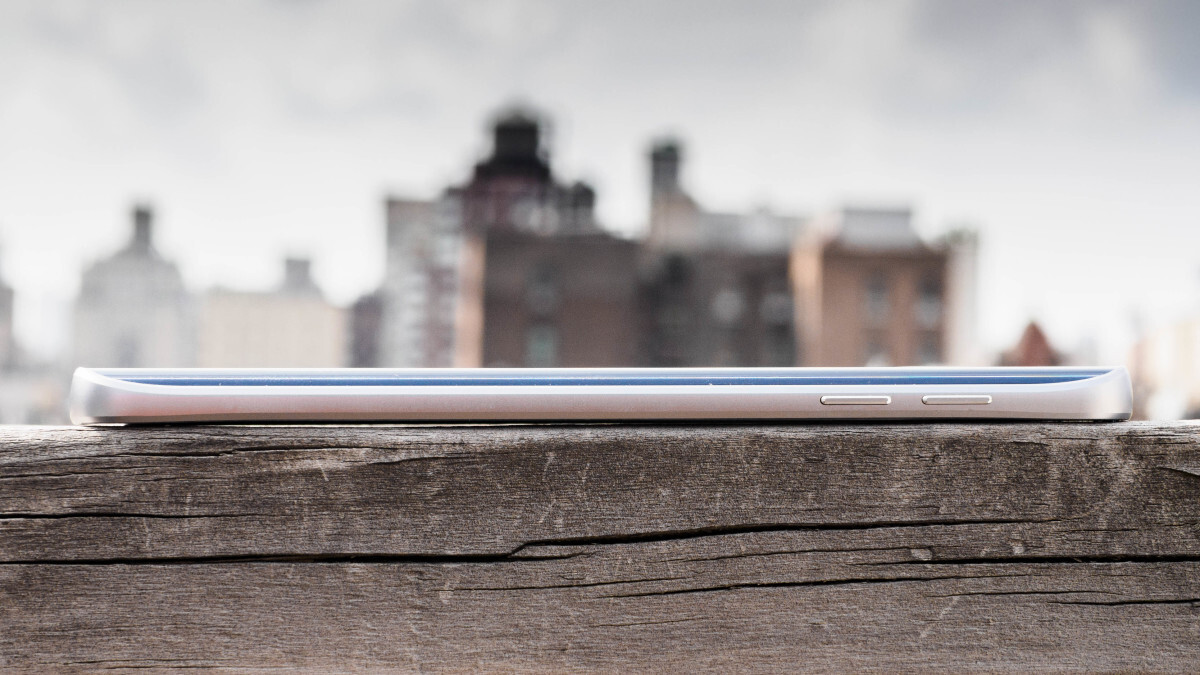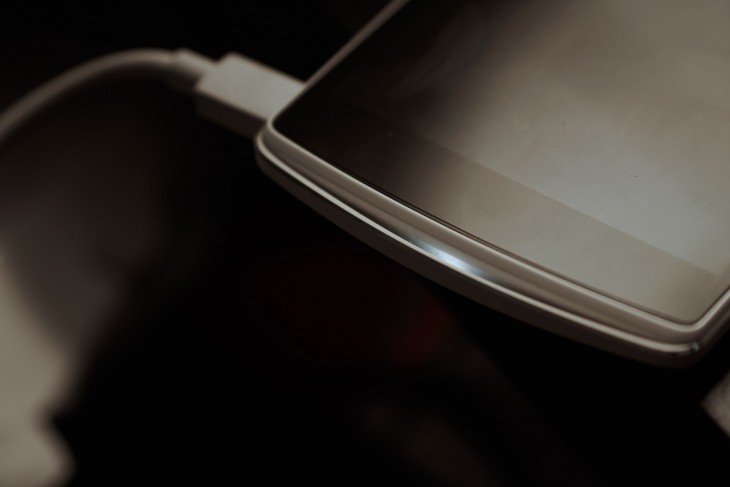
No other device category is subject to the same pace of relentless innovation as smartphones. Every spec is improved with each new release, meaning better photos, performance and software for users.
That is, every spec except battery life.
While that’s largely because battery technology has been extremely stagnant compared to other hardware, it’s also because we’ve grown to take battery life for granted for the sake of slim design. At the very least, we’ve become complacent.
This is dumb. Here’s why:
1 – We use our phones a lot
This one should go without saying, but our phones are our most oft-used devices. 90 percent of Facebook’s 1.04 billion daily users access the network through their smartphones.
As mobile device and apps become more powerful, the reasons to pull out your laptop become ever less. It’s kind of ironic, then, that we regard battery life on laptops and tablets to be a make-or-break metric, yet it’s treated as more of an anecdote in phone reviews.
Limiting battery life also means that we are limiting what we can do with our phones. Less browsing, less texting, less gaming and less serious work. We shouldn’t have to baby our devices to help them get through a day.
2 – We don’t need thinner phones. We could do with thicker ones.
If only we could be a little more body positive about our phones.
Though thankfully the race to be the thinnest phone around is no longer central to the smartphone wars, thinness is still marketed as a highlight feature. Just take the old Oppo R5, a phone with excellent features and build marred by terrible battery life and a lack of a headphone jack for the sake of thing design.

This doesn’t make sense. One could argue that thinner phones are more pocketable, but that angle is weak considering most flagship phones feature screens larger than five inches, and many people put their devices in cases anyway. Phones growing larger certainly hasn’t been a significant deterrent to their sales; it’d just be nice to see them grow in another dimension.
3 – Overly thin phones are counterproductive to design goals
I’m not a designer, but I do know design should emphasize efficiency, pleasure and saving people time. That most people are forced to either carry a charger and/or battery pack with them or suffer from a dead battery adds to none of of those attributes.
Besides the fact that thinness isn’t really a highlight spec anymore (when’s the last time you paid attention to the iPhone’s thickness?), when you have to carry your charger and requisite cables around with you, then your phone doesn’t seem quite as thin, right? And worrying that your phone is starting to run low before the sun goes down adds needless stress.
Design should be about removing stress – the drive to keep our phones thin only adds to it.
4 – Quick charging isn’t the solution
Quick charging is a great feature to have, which is why that’s touted by virtually every flagship Android phone out there. But it’s just a stopgap, not a solution.

A fast charger implies that, well, you’ll have your charger with you. Anytime you need to to run back home or stuff a charger into your bag, we return to the designed inconvenience outlined in the last point. Compound that with the fact that battery life deteriorates significantly over a year or two, and you have a problem.
5 – Battery life matters most when it’s most likely to run out
‘Good’ battery life is generally defined as lasting until the end of day, but we should expect more than that.
Most of the time, ‘end of day’ is just fine. We’re working during the earlier part of the day, and our phones can last through the evening 90 percent of the time. But it’s the remain 10 percent that’s the issue.
Those are the nights when you’re out late and might not have a way to get home. It might be too late for you to pop into a local shop to buy a charger. You might be too drunk to do anything beyond make a phone call. And on a more serious level, it could be when you’re at the worst risk of criminal activity.
In other words, the times I’ve most wished my phone still had a charge are the times my phone is least likely to hold a charge. Simply having a phone I’m sure could last me to the next morning without babying it would add substantial peace of mind.
So what do we do about it?
I’m not saying we should call for a smartphone strike or go picket Apple or Samsung’s HQ. I’m not even saying every phone should have a nice and chunky battery. But I do think we shouldn’t be complacent about the overall trend of lackluster battery life in skinny phones.
Manufacturers will continue to push whatever sells, and in some way or the other, we’ve gotten used to letting mediocre battery life be a common part of smartphone usage. When the Galaxy S6 was released, almost every review noted battery life as a negative, but that didn’t matter in the name of a sleek new design that was probably going to be covered up by a case anyway.
So maybe just think about how much battery life you’re willing to sacrifice in the name of sleek design next time you make a purchase or recommendation. As a reviewer, I definitely will.
Get the TNW newsletter
Get the most important tech news in your inbox each week.




